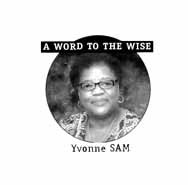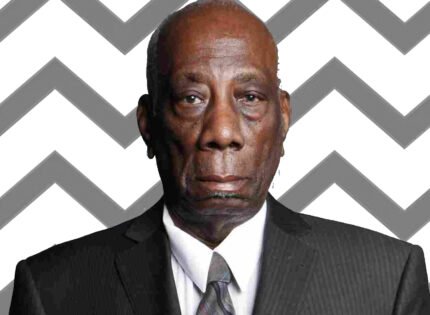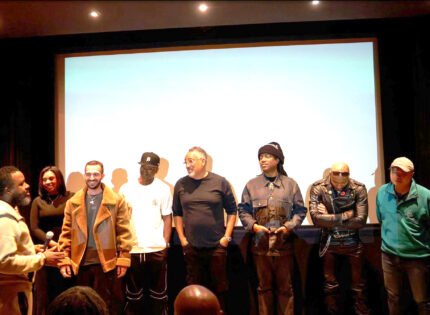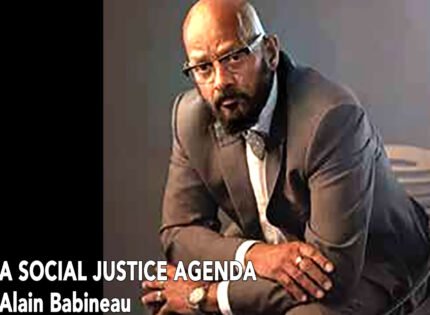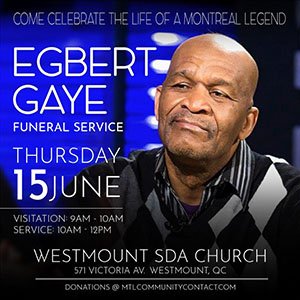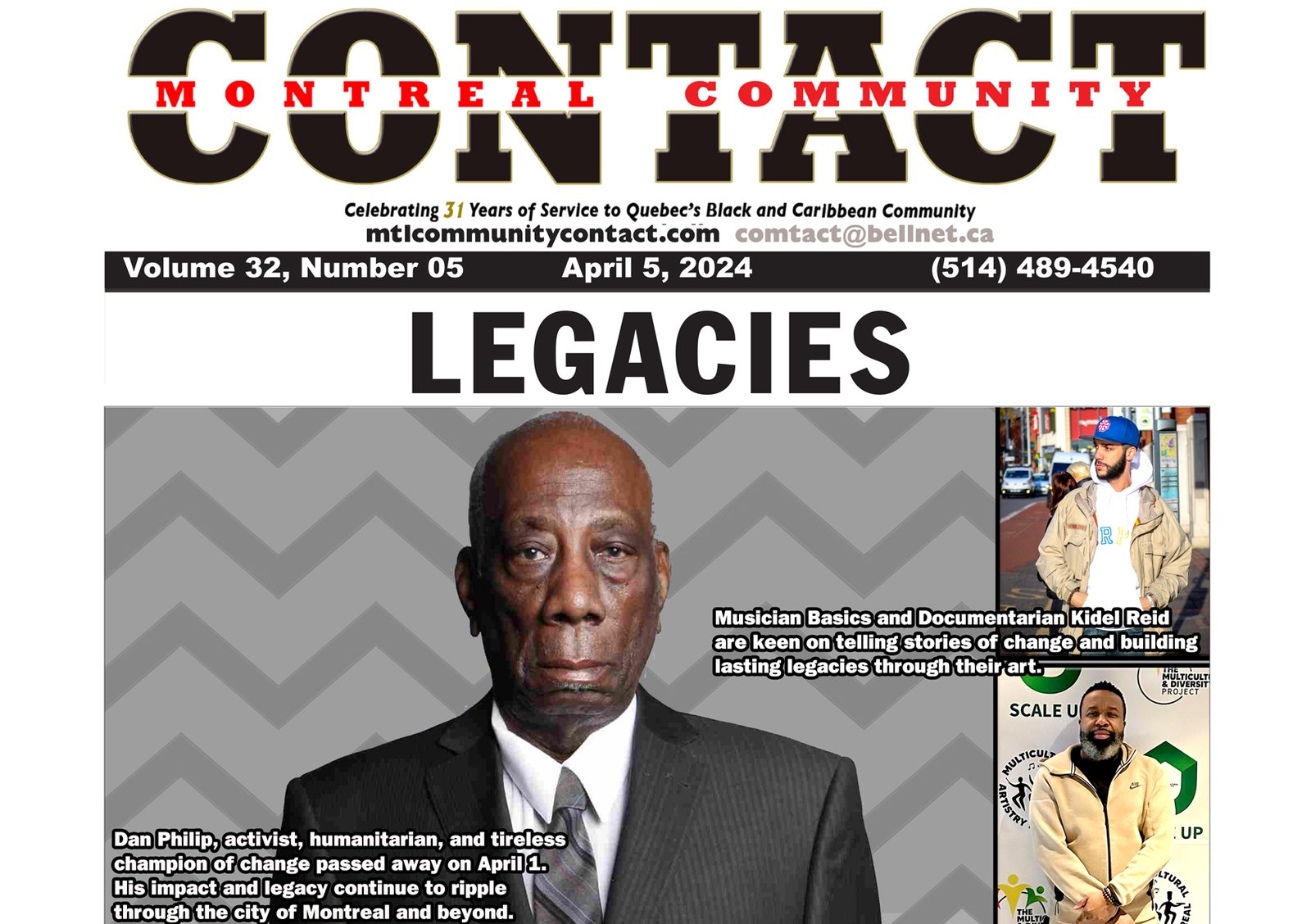Once again America is engulfed in what she does best—mourn, the most recent reason being the senseless killing of 14 students and 3 faculty members at Marjory Stoneman Douglas High School in Parkland, Florida. It’s the 18th school shooting for the current year, and the 291st since 2013.
To any concerned human, the revelation of such data sounds like a serious crisis that begs immediate attention. Most troubling of all, is the fact that following each deadly shooting rampage, which by now can be considered almost routine, there is a rush to make each incident follow a familiar script, or a politically convenient template. Every possible cause for the epidemic of graphic violence has received consideration – from the nimiety of guns/assault weapons, social media, anti-depressant drugs, violent video games and films, family and moral decline, the waning influence of churches and inadequate mental health policies.
From a political stance, the liberals blame lax gun control and the conservatives attack tolerance of terrorist groups, with neither side addressing the key issue—how to stop the killings.
Of special note is the fact that after every incident, the mental health discussion is put in motion, but sadly gets anywhere. Pray tell, what balanced, well-adjusted, compos mentis person is capable of mass murder?
Before anything much was known about the Parkland shooting, the usual simplistic solutions for curbing the “epidemic of mass slaughter in schools” were being proffered. The use of firearms in mass shootings is the common denominator, with variables such as political ideology, religious zeal and mental illness serving as motivating factors.
Yes, there are other countries that have people suffering from mental illness, political and religious fanatics and discontented workers, but none with a body count as remotely high as America’a. The unchanging variable is that in America, virtually anyone can amass an arsenal of handguns and assault rifles, as the country also has some of the weakest controls over who may buy a gun and what sort of guns may be owned.
We’ve listened to the rhetoric: Guns don’t kill, people do. Of the 300 million of all kinds of guns currently in circulation in America, only people to hurt other people use an infinitesimal fraction. The one quirk that consistently flummoxes fans and critics alike is, “Why, they ask, does America experience so many mass shootings? There have been calls for the implementation of a national policy of putting metal detectors in every school.
An answer is needed for this senseless loss of lives.
The fact is clear, America has a serious problem with gun violence; the statistics speak for themselves. Americans need to give a damn, as it is blatantly obvious that so far they have not.
Basically translated, giving a damn requires Americans to commit to solving the problem. Gun violence must become a personal, personal enough to make us change—
Columbine, Sandy Hook, Aurora did not make us change.
26 children and 6 adults killed in Newtown did not make us change
49 young adults at Pulse Nightclub in Orlando, Florida
58 country music fans in Las Vegas
26 churchgoers in Texas
And now 14 students and 3 faculty members in Parkland, Florida, would not make us change either.
In a few days, after the plethora of remaining thoughts and prayers sent, the news cycle will change and life will go on as usual, until the next call for mourning.
While we do not have to agree on the causal factors behind any mass shooting, we must all agree that we want to solve the problem of mass shootings.
We do not need to know how to solve the problem, but we just need to put our best minds to the task of solving it. Things will only change when enough Americans determine that they must.
Something must be going on in American society that has changed the landscape and caused angry, evil or mentally disturbed young men to plan and carry out these mass shootings.
If the flawed argument is still in play that “Guns do not kill people. People do,” then America answer the question—What type of people are you?
Absence of Diversity at the Quebec Human Rights Commission
Asking the watchdog to check itself
By Yvonne Sam
Why is there an existing disparity between what those in power claim they want to enact and what is actually acted out?
In Quebec it is simply a case of the more things change the more they remain the same– “plus ça change, plus c’est la même chose.”
Once again the Quebec Human Rights and Youth Rights Commission have come under scrutiny following the hiring of a senior manager in its Investigation Division. Now front and center of conversations are the concerns about the displayed inability of the Commission to practice what it preaches, especially in reference to employment.
The Québec public has not fully recovered (if they ever will) from the political brouhaha that surrounded the appointment of the Commission’s first Black President, Tamara Thermitus, currently on sick leave since last fall. Before becoming head of the Quebec Human Rights Commission she found herself at the center of growing controversy as both parties in the National Assembly objected to her appointment, claiming that she was too “multiculturalist” and much too close for comfort to Dominique Anglade, Liberal Economy, Science and Innovation Minister who also shared her roots.
In 1976, the Quebec Human Rights and Youth Rights Commission was constituted under the Charter of Human Rights and Freedoms to promote and uphold Québec’s laws, by-laws, standards and institutional practices, both public and private, and comply with the Charter, which prohibits discrimination based on race, colour, ethnic or national origin and religion in the exercise of human rights and freedoms.
The organizational chart of the Human Rights Commission shows that starting from the very top and with virtually no stop, diversity is totally disregarded. Both Vice Presidents, Camil Picard,
(Acting President) and Philippe-Andre Tessier are Francophones and white, a reality further compounded by white Francophones occupying 12 of the 15 senior management positions. Completing the landscape is an unprecedented absence of Indigenous and racialized Anglophones, which further serves to impair the decision -making process. One is left with a troubling sense that the principal agency tasked with ensuring diversity is the one doing the least effective work on it. Viewed from a different angle, the problem may be that in Quebec the true meaning of diversity has not been fully understood where it matters most.
To juxtapose the current situation and place it in its correct perspective, the Quebec judicial system also displays a glaring lack of diversity. Within its legal system of the 300 or more judges operating at different levels, only three are visible minorities.
In order to cultivate an arena of legitimacy in the eyes of the citizenry, Premier Philippe Couillard was called upon to give thoughtful and deliberate consideration to racial and linguistic diversity when filling existing vacancies, such as at the Human Rights Commission.
Even before the Human Rights Commission made this recent call, the writing was slowly appearing on the wall. Currently embroiled in putting their house in order following the debacle involving Tamara Thermitus, it is clear that they do mind evoking any similitude of its kind.
While the blatant whiteness and seeming rightness reflected in the diversity deficit within the senior ranks of the Human Rights and Youth Rights Commission may jeopardize the Commission’s integrity and reliability in its promotion of employment fairness for minorities, it also reveals the reason behind the Commission’s continued failure to properly handle complaints of systemic racism.
Considering the fact that at the level of the Commission decisions are made daily, the majority of which have a profound and lasting impact on the lives of visible minority individuals, it is therefore important that diversity is reflected in the makeup of those who occupy the role of judge and listener. Plainly put, powerful institutions must, or should reflect the society they serve. It is apparent given the present state of affairs that the Quebec Human Rights Commission remains procedurally corrupt, especially on the issue of diversity and hiring policies, despite their repeated statements to the contrary, and this latest appointment at the senior management level is yet another example of business as usual.
In a recent press release regarding the Quebec Human Rights Commission’s pervasive whiteness and French, Fo Noemi, head of CRARR (Centre for Research Action on Race Relations) stated, “One has to practice what one preaches, starting inside and starting at the top.
This plea has sadly fallen on deaf ears, as the task of creating and maintaining diversity has fallen to those who are themselves considered “diverse.” A leopard cannot change its spots and it is difficult to teach an old dog new tricks.
It is time for the Quebec Human Rights Commission to look in the mirror and cease the denial before they find themselves on trial.
All that is being asked is for them to carry out their mandated task by practicing what they preach.


